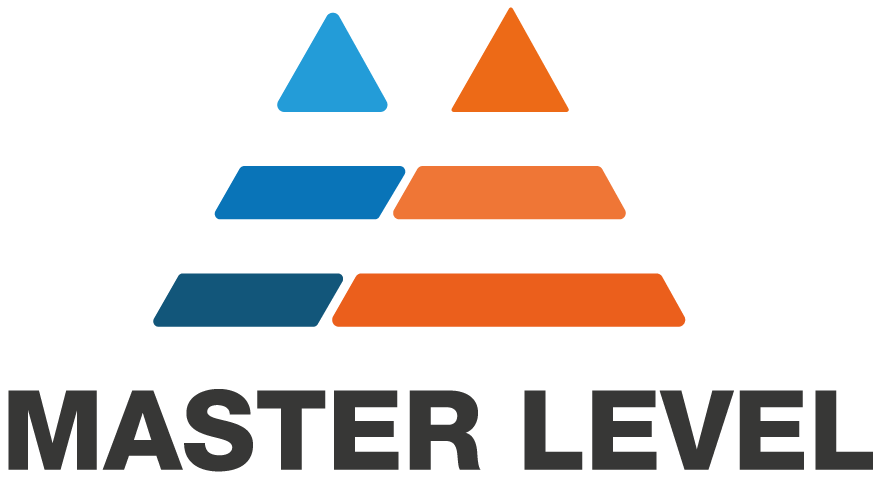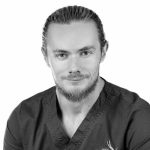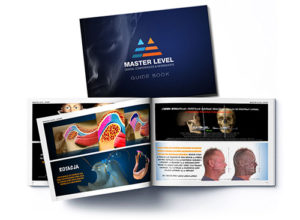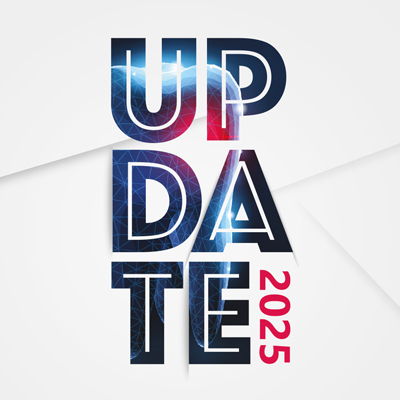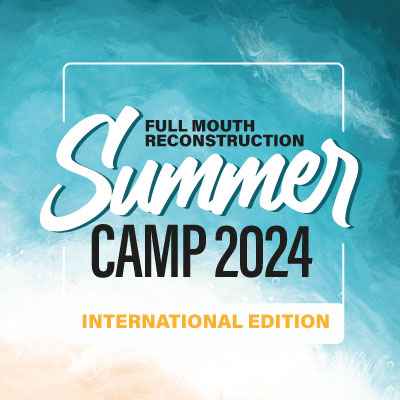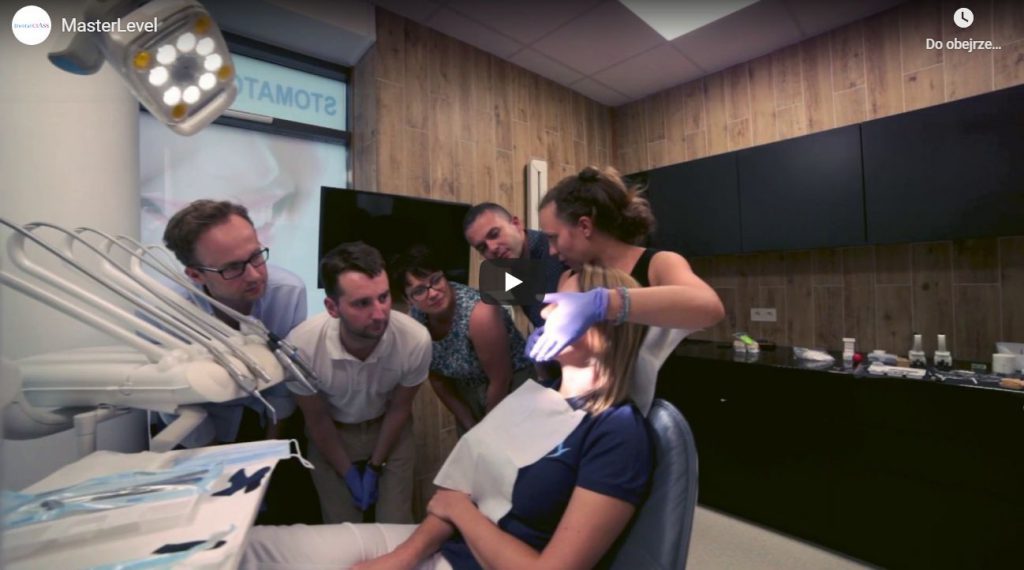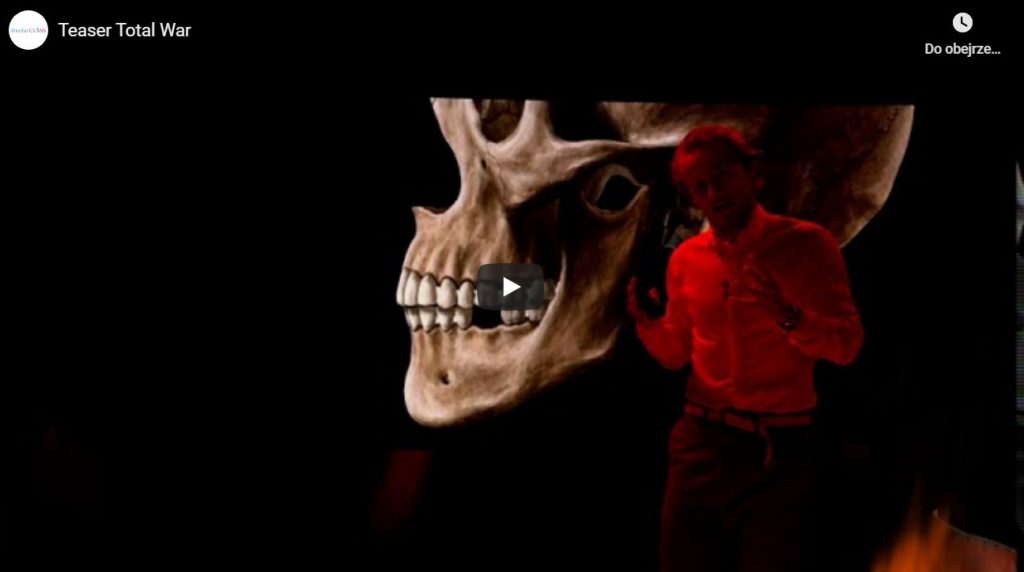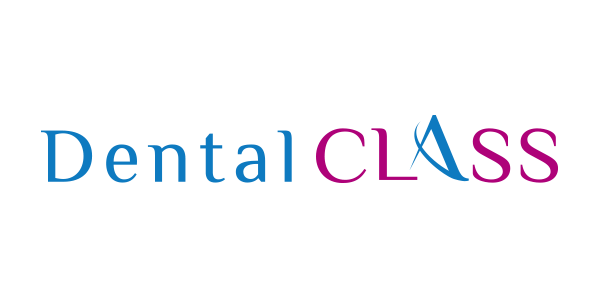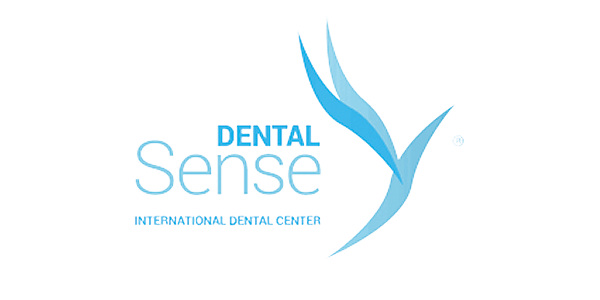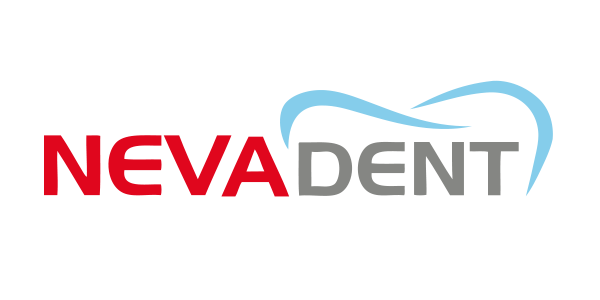LASSMANN EDUCATION – UPDATE Symposium
Lassmann Education (formerly Master Level) proudly presents the UPDATE Symposium. This unique conference will take place in a beautiful castle, combining knowledge, innovation, and unforgettable experiences.
Exceptional Speakers
The UPDATE Symposium brings together the best clinicians, leading experts, and the most cited scientists in their fields. We have invited three outstanding specialists who will share their knowledge and experience in a comprehensive and engaging manner:
Lukas Lassmann
Host of the conference, who will present the topic of mythology and the four red flags of vertical dimension. Additionally, dr Lassmann will introduce the latest method of increasing the vertical dimension – the “SDS concept.”
Hom-Lay Wang (University of Michigan)
Professor Wang is one of the most esteemed specialists in periodontology and implantology worldwide, and he is the Chair of Periodontics at the world’s top dental school – the University of Michigan. He is the author of over 770 peer-reviewed scientific articles, editor of three textbooks, and recipient of numerous awards. His research focuses on tissue regeneration and peri-implantitis treatment.
Marcelo Calamita (University of Florida)
Professor Calamita is an authority in aesthetic and functional dentistry. He is the author of numerous scientific publications and the book “Esthetics in Function” on occlusion treatment planning. His works are widely cited by other prominent experts in dentistry. His lectures combine scientific precision with artistic sensibility.
Daniele Manfredini (University of Siena)
Professor Manfredini is a world-renowned expert in bruxism and temporomandibular disorders (TMD). He is the author of over 240 scientific publications and editor of several key books in his field. In 2018, Expertscape recognized him as the world’s leading expert in bruxism.
Why Is This Conference Unique?
1. Top Speakers: We have brought together outstanding clinicians and scientists in one place so you can learn from the best.
2. No Sponsored Lectures: All lectures are independent and substantive, allowing for a full exploration of topics without commercial interests.
3. Full-Day Thematic Blocks: Guest speakers have the entire day to thoroughly discuss their topics and answer participants’ questions.
4. Unforgettable Experiences: The conference will take place in a castle, providing a unique atmosphere. The first night features a Harry Potter-themed costume party, and the second night offers an instrumental concert combined with meditation and breathing exercises. The second day of the conference will start later to allow participants to rest after the first night’s event.
Join Us!
Join us at the UPDATE Conference and experience unforgettable moments while gaining valuable
knowledge from the best in the field. This event will transform your approach to dentistry and
enable professional development at the highest level.
Registration is now open – don’t miss this opportunity!
